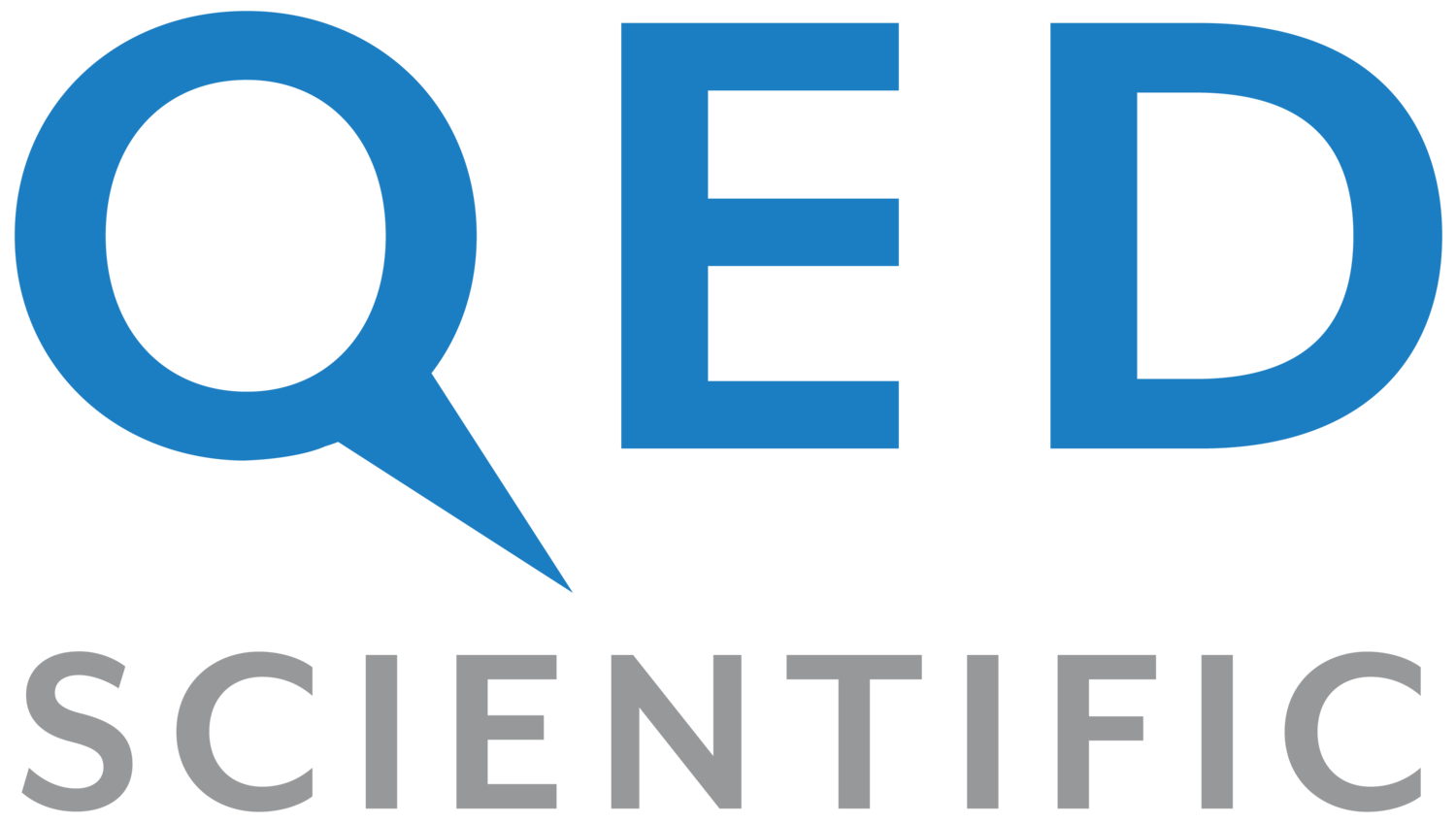Why is a neonatal incubator used for babies?
According to Tommy’s, 53,000 babies born in 2021 were pre-term – born before 37 completed weeks of gestation. This was an increase of 7.4% from 2020.
Because of their early arrival, these babies need a controlled environment in which to continue to grow and develop everything from organ function to their immune system and fat stores.
In this instance, a neonatal incubator can be essential and lifesaving for pre-term babies as well as full-term babies, who are living with serious illnesses.
But how can a neonatal incubator help save the lives of premature and sick babies?
What does a neonatal incubator do for babies?
A neonatal incubator is an example of a medical apparatus that aims to place the baby in the most optimal conditions, allowing the neonate to continue developing, receive treatment, and get strong.
As well as being utilised by pre-term infants, unwell babies might need a stay in a neonatal incubator because of a myriad of health conditions, including:
Breathing problems
Gestational diabetes
Infection
Low birth weight
Surgery or trauma
Medical staff can use an incubator to control environmental and atmospheric conditions such as:
Temperature regulation
Premature babies lack body fat and can have compromised skin integrity, so are not able to regulate their body temperature as well as full-term healthy babies.
For this reason, the incubator temperature may be set to between 82-86°F (27-30°C), so infants can maintain a healthy, comfortable body temperature of 95-98.6°F or 35-37°C.
Humidification
A pre-term baby has incredibly delicate, very thin skin because it is still developing – human skin isn’t fully mature until 34 weeks gestation.
Regulating air humidity helps to maintain the integrity of the skin, preventing skin tears and open wounds.
Protection from irritants
‘Preemies’ that have yet to develop a full immune system are more susceptible to infections and more sensitive to bright lights and excessive noise.
Containment within the neonatal incubator allows for a reduction in environmental stresses and protects babies from exposure to any viruses, bacteria, and infections that may be circulating.
Treatment
Some babies require specialist treatments, which the incubator can offer, including phototherapy for neonatal jaundice.
Infant incubators give the baby a protected, optimised environment to encourage the baby’s development, give them the perfect conditions for stabilisation and growth, and reduce stress on the baby’s body.
Some infant incubators, like the OKM801, also ensure a sterile climate, which is essential for the very young, unwell, or underdeveloped as they likely don’t have a strong enough immune system yet to face common illnesses.
How do neonatal incubators save lives?
Although they can differ slightly by brand and model, a neonatal incubator is packed with included extras to keep newborns safe and help medical staff to care for them.
The essential features that make them a one-stop shop for protecting developing babies include:
The clear hood cover
Much like the tempered glass viewing windows found on laboratory incubators, the clear hood allows nearly uninterrupted visuals of the neonate – helping medical staff to assess and monitor health parameters and allowing parents to bond.
There are also port holes that caregivers can open to have access to the infant without removing them from the incubator or interrupting the climate of the incubator.
Stable temperatures and temperature uniformity
Each OKM801 incubator includes an ambient probe that allows for the protection of a stable temperature environment within the hood.
The incubator also includes two-point temperature monitoring to ensure the temperature inside is uniform throughout - removing the risk of cold spots.
Worried this temperature control will be undone if the hood front or back panels are opened? Thanks to the development of an air curtain, if needed, extra warm air is delivered to the hood, preventing heat loss, and maintaining the micro-environment within.
A detachable sensor module
For added protection, the temperature, humidity, and oxygen sensors can be controlled with one detachable sensor module.
This ensures the incubator can easily be cleaned or serviced and that the environment of the hood is maintained.
A barrage of alarms
Due to their increased fragility, neonates need to be very carefully monitored. The infant incubator includes no less than 37 alarms, relating to temperature, humidity, oxygen and carbon dioxide levels and general maintenance needs, all of which are easily controlled and silenced.
These fail-safes notify medical staff of any changes, ensuring babies receive the best care so they can develop properly.
Optional extras
Interested in haemodynamic monitoring?
Choose the optional haemodynamic monitor to keep an eye on vital observations, track trends, and automatically record all data.
It also allows for the monitoring of multiple patients with one central monitoring system.
Which services need a neonatal or newborn incubator?
Newborn incubators are most commonly found in:
Maternity units
NICUs (Neonatal Intensive Care Units)
Paediatric units - to care for full-term babies that are unwell
Ambulances and emergency vehicles may rely on transport incubators, like the TR203 transport incubator, which have a four-hour battery to ensure safe transportation – even if the vehicle loses power.
Contact QED Scientific for neonatal and maternity products
If you need to expand or replace your current neonatal apparatus, we can help at QED Scientific.
We have a broad range of neonatal and maternity equipment and can provide bespoke quotes and industry-leading advice as needed.
For specific guidance or to ask any questions, send us an email or give us a call today on 01663 735494 and we’ll be in touch as soon as we can to help.
